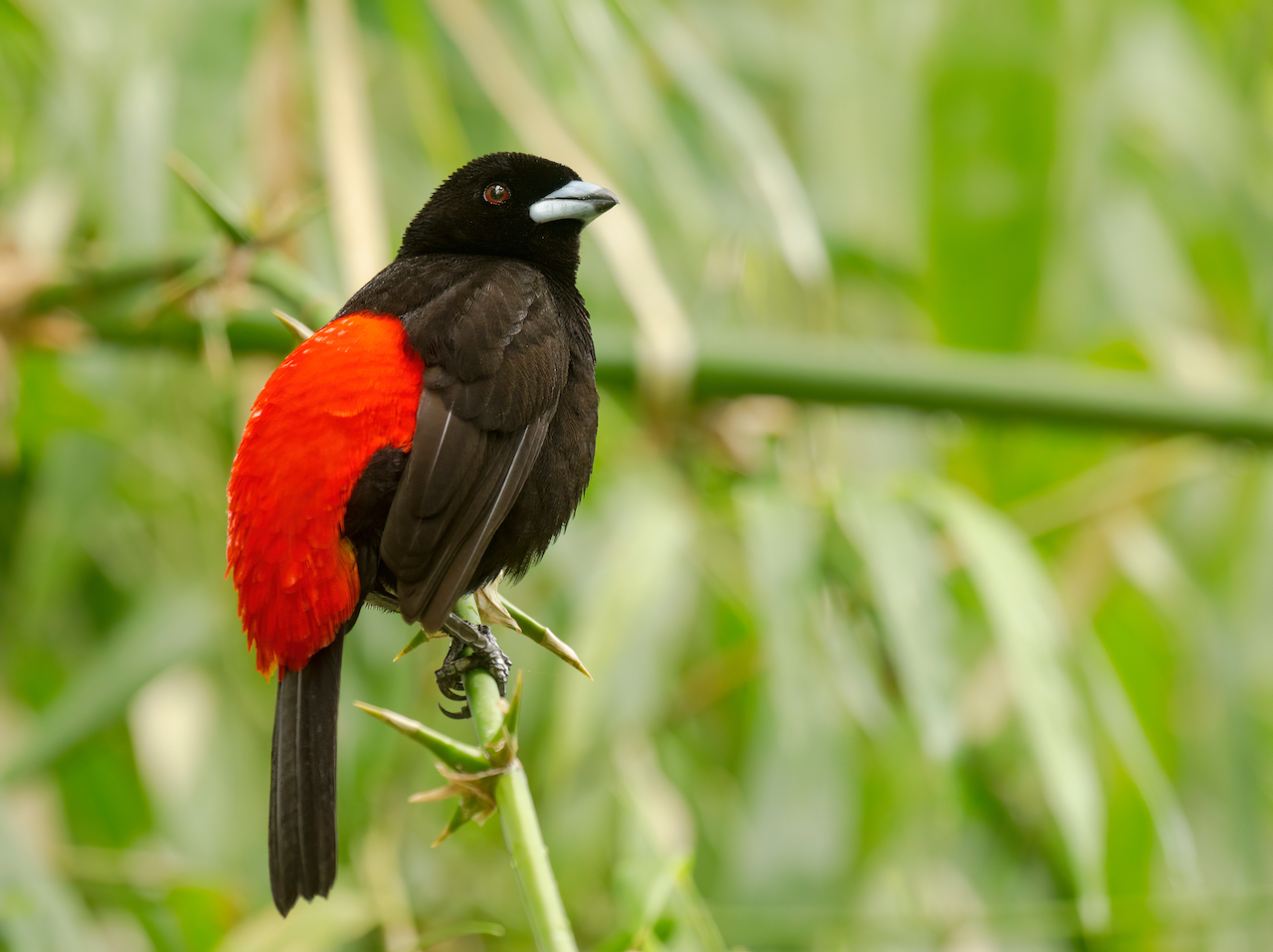The Carara National Park is a world-famous ornithological destination because it has very diverse avifauna, where stands out the scarlet macaw, a species that is endangered, being the second largest species of psitacids in Costa Rica. Undoubtedly, it is one of the main sites in the country for bird watching, according to the National System of Conservation Areas Costa Rica (SINAC). The Park is located within the Turrubares and Garabito cantons, of the provinces of San José and Puntarenas, 90 kilometers from San José, the main entrance is located 2 kilometers south of the River Grande de Tárcoles bridge.
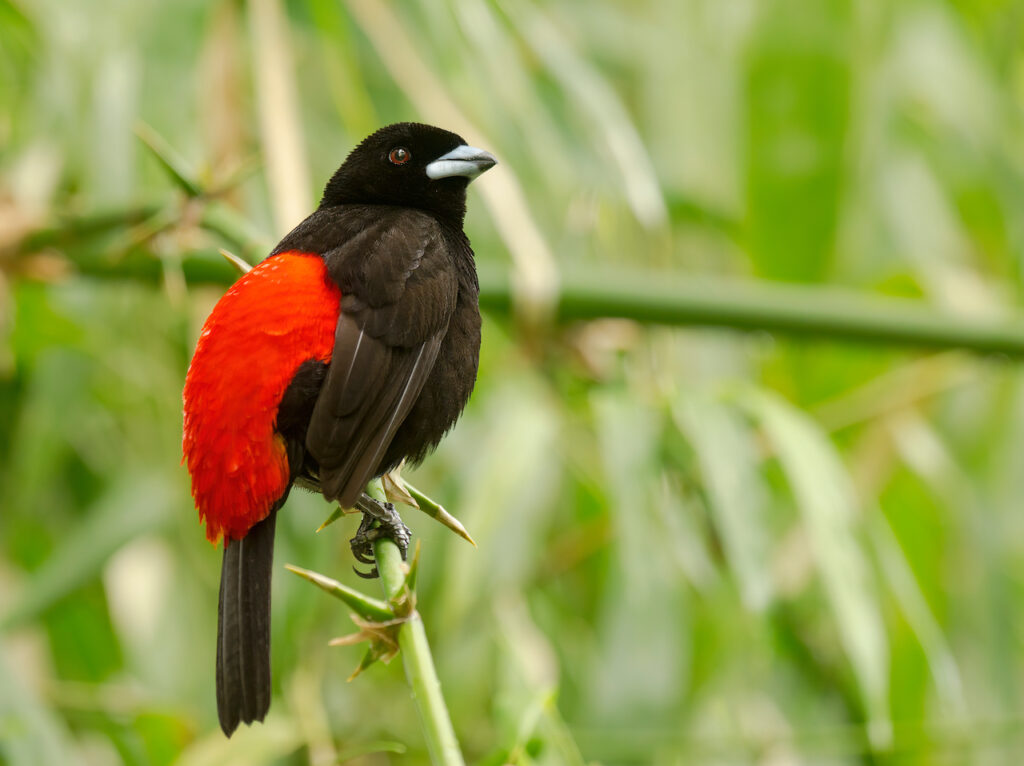
Carara National Park is 4. 6 km from Mangrove Birding Journeys, an ecotourism agency that offers the best half-day tour for professional birdwatchers, photographers or children eager to get into the rainforest.
Birds and observation routes Some of the most emblematic birds to be observed in Carara National Park are Great Tinamou, Ruddy Quail-Dove, Slaty-tailed Trogon, Orange-collared Manakin, White-wiskered Puffbird and Black-mandibled Toucan. Other communities near Carara for bird watching are: Puntarenas, Esparza, Caldera, Mata de Limón San Mateo, Orotina Bijagual, Tárcoles, Turrubares, Puriscal, Ciudad Colon, Herradura, Quebrada Ganado, Jacó, Parrita and Quepos. Flora and fauna Among the most characteristic fauna species are the congo monkey, the three-toed sloth, the tepezcuintle, the armadillo, the pizote, the raccoon and the scarlet macaw, emblem of this area. According to scientific data by SINAC presents the following records of flora and fauna: • 420 bird species, 47% of the 893 species reported in the country, considered one of the most important sites in the CR for birdwatching in their natural state. • 480 species of plants among trees and shrubs, of which 14 are endemic and 29 are considered rare and endemic. • 124 reptile species, or 53% of the reptile species in Costa Rica.(234) • 112 species of mammals, accounting for 47. 8% of the total of these species in the country. (237) • 62 species of amphibians, or 32. 8% of the 189 species of amphibians in Costa Rica.
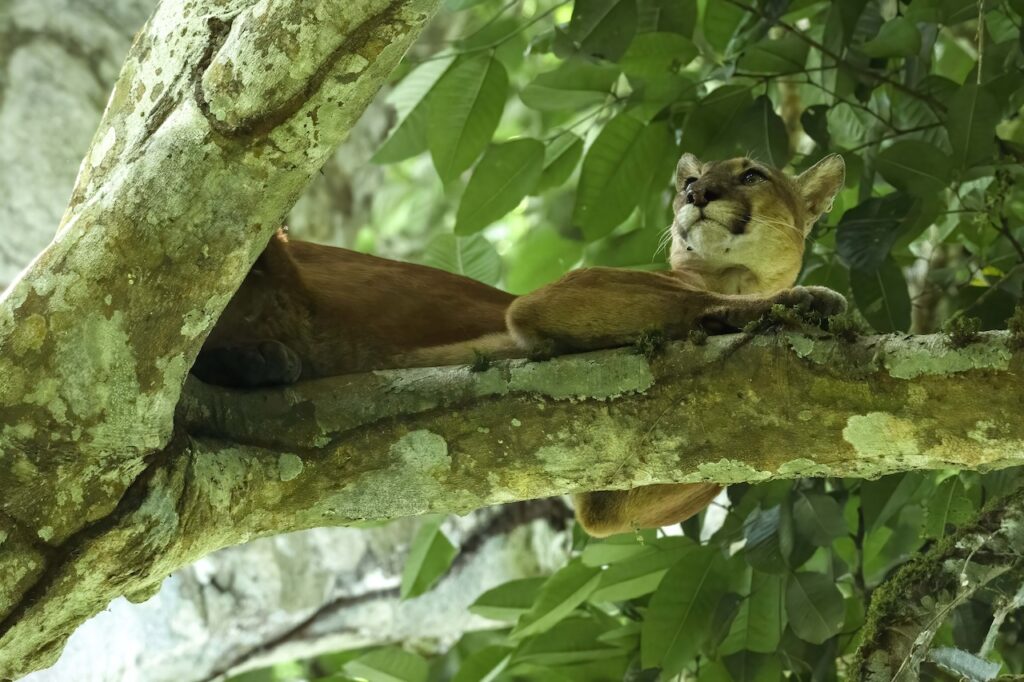
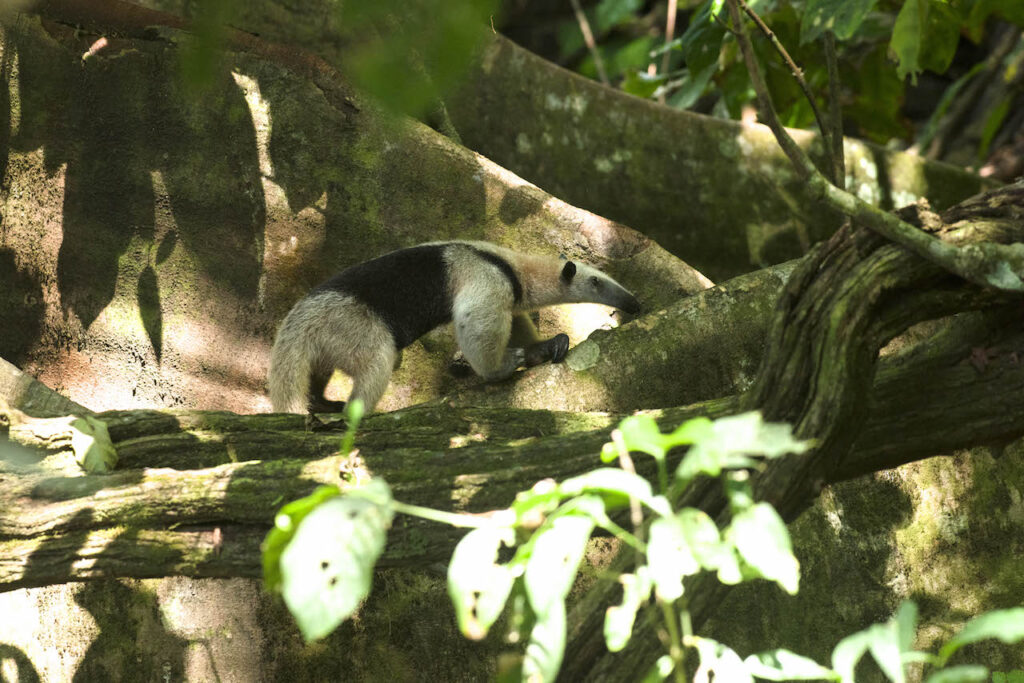
Hiking trails:
It is the first national park to have a universal access trail, where visitors can experience being inside the forest and discover endemic species.
Some of the trails that can be walked in the Carara National Park are the following:
Universal Access Trail: Universal Access trail: a distance of 0.74 miles (1.2 km) with nine resting bays; drinking water systems all the way; sanitation battery adapted to the requirements of the law 7,600 (Equality law opportunities for people with disabilities); labeling in Spanish, English and Braille; maps with this system for blind people; sculptures; auditive system; QR code app, and most of the road has Wii-fi, among other facilities.
Las Aráceas Trail: circular trail of about 1200 meters long, covered in about an hour. On this trail you can see plants that grow in the trees, one of them is the one known as Hand of Tiger, which is easily distinguished by its large, lobed leaves with small holes that allow the passage of sunlight that passes through to other leaves and allows the plant to make efficient use of the limited sunlight it receives in the forest. Their long roots go down to the ground where they absorb the nutrients they need to live.
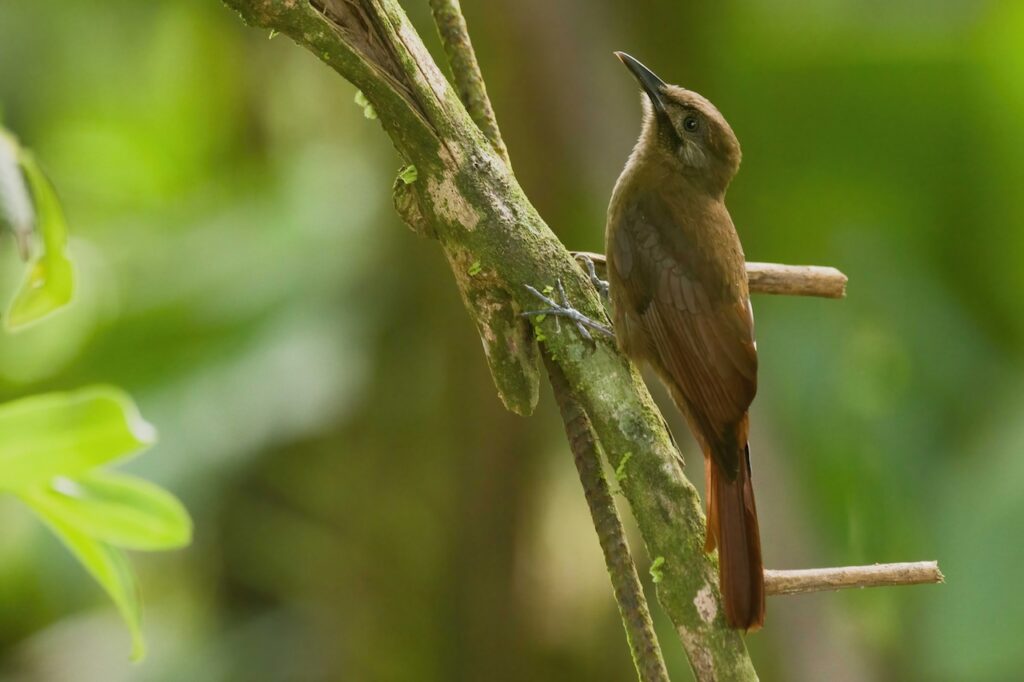
Laguna Meándrica Trail: linear path a little longer than 2000 meters and that runs between two and four hours. Its name is related to the Tárcoles River for a lagoon that is formed in this area of approximately 600 meters long and 40 meters wide. In the river you can observe crocodiles, this trail is usually used by ornithologists to observe a lot of birds, mainly in the mornings. Quebrada Bonita Trail : circular path, with a length of 1300 meters, can be covered in about an hour and a half. Its main attraction is the Quebrada Bonita, hence the name of this trail, appreciating trees of great size and height, climbing species, among others. Ecosystem Encounter Trail: it is a linear trail of 650 meters that connects the Quebrada Bonita Trail and the Universal Access Trail, among its attractions are bird watching and interpretation of the forest and its surroundings. The Carara National Park, which in the Huetar indigenous language means “Lizard River”, has the only transitional forest in the Central Pacific, which translates into a diversity of flora and fauna, where species from dry and humid forests converge.
Source: Costa Rica National System of Conservation Areas (SINAC), Carara National Park.

